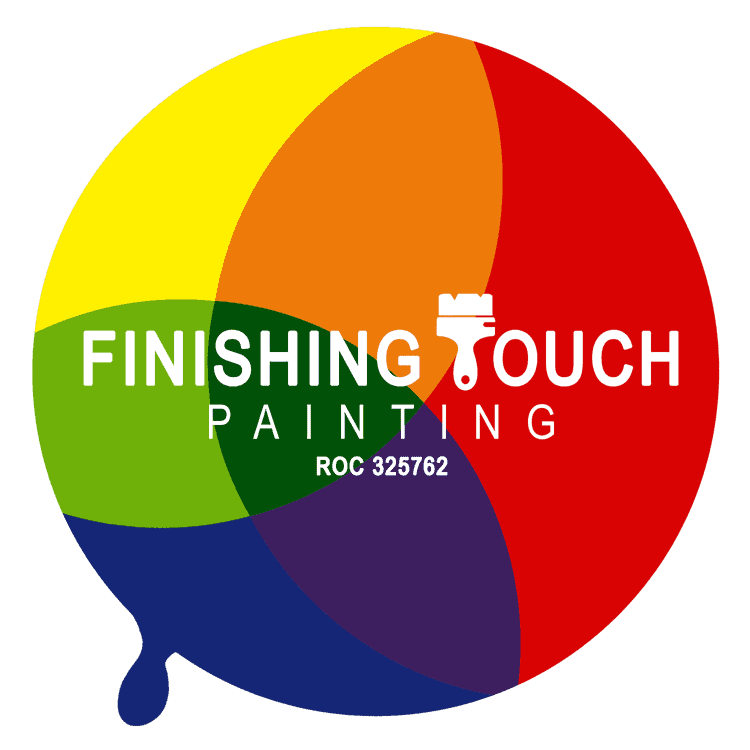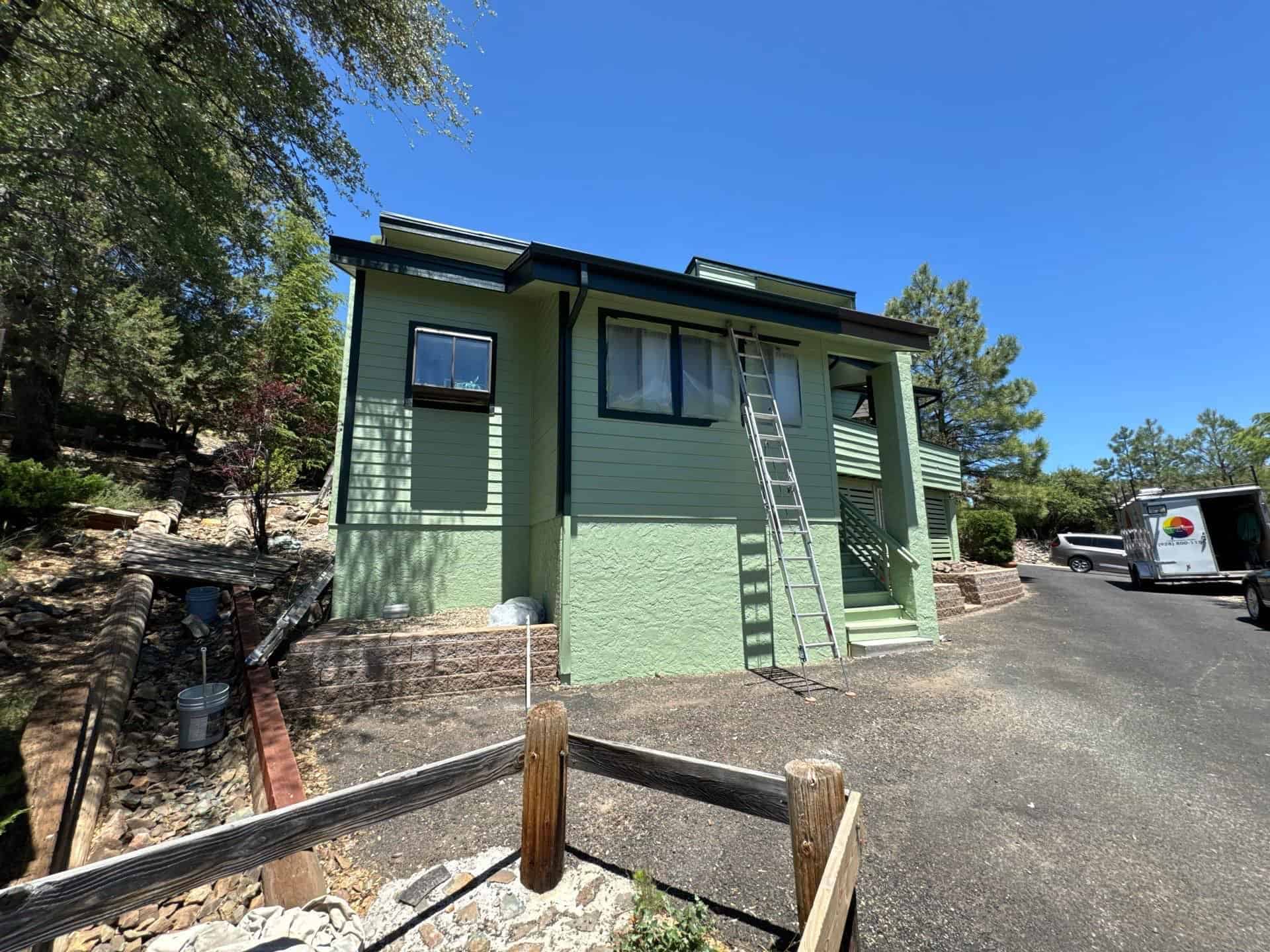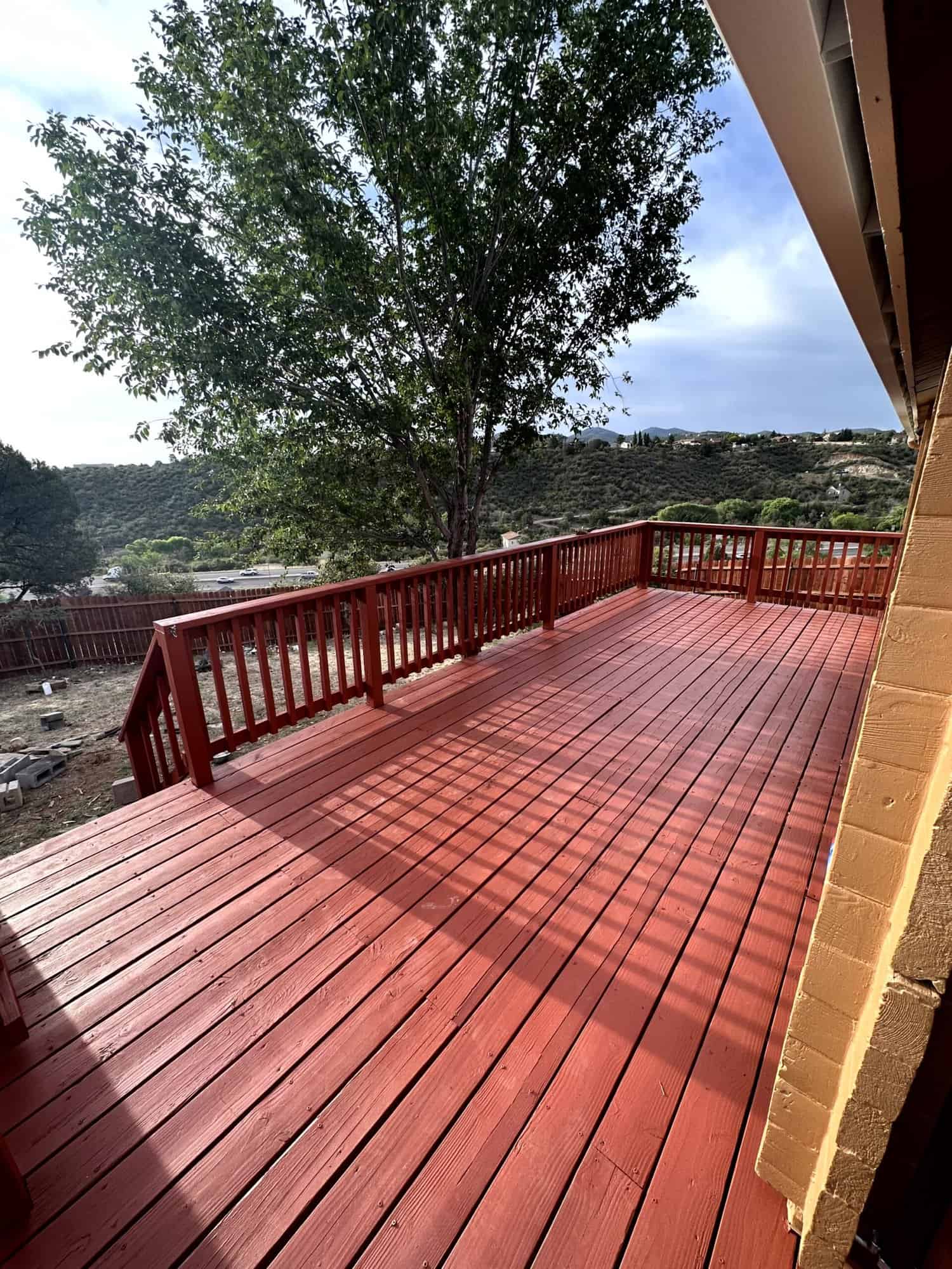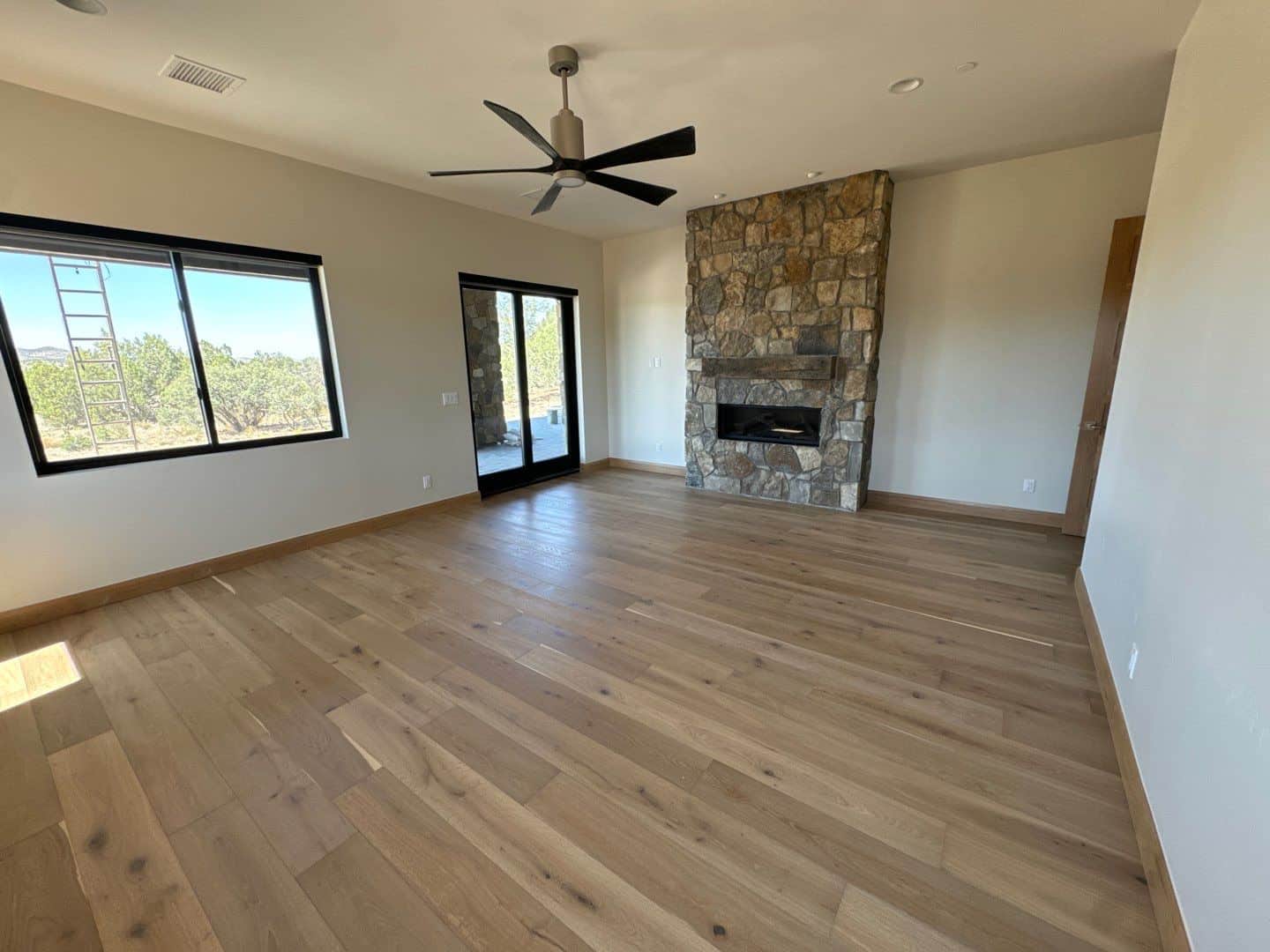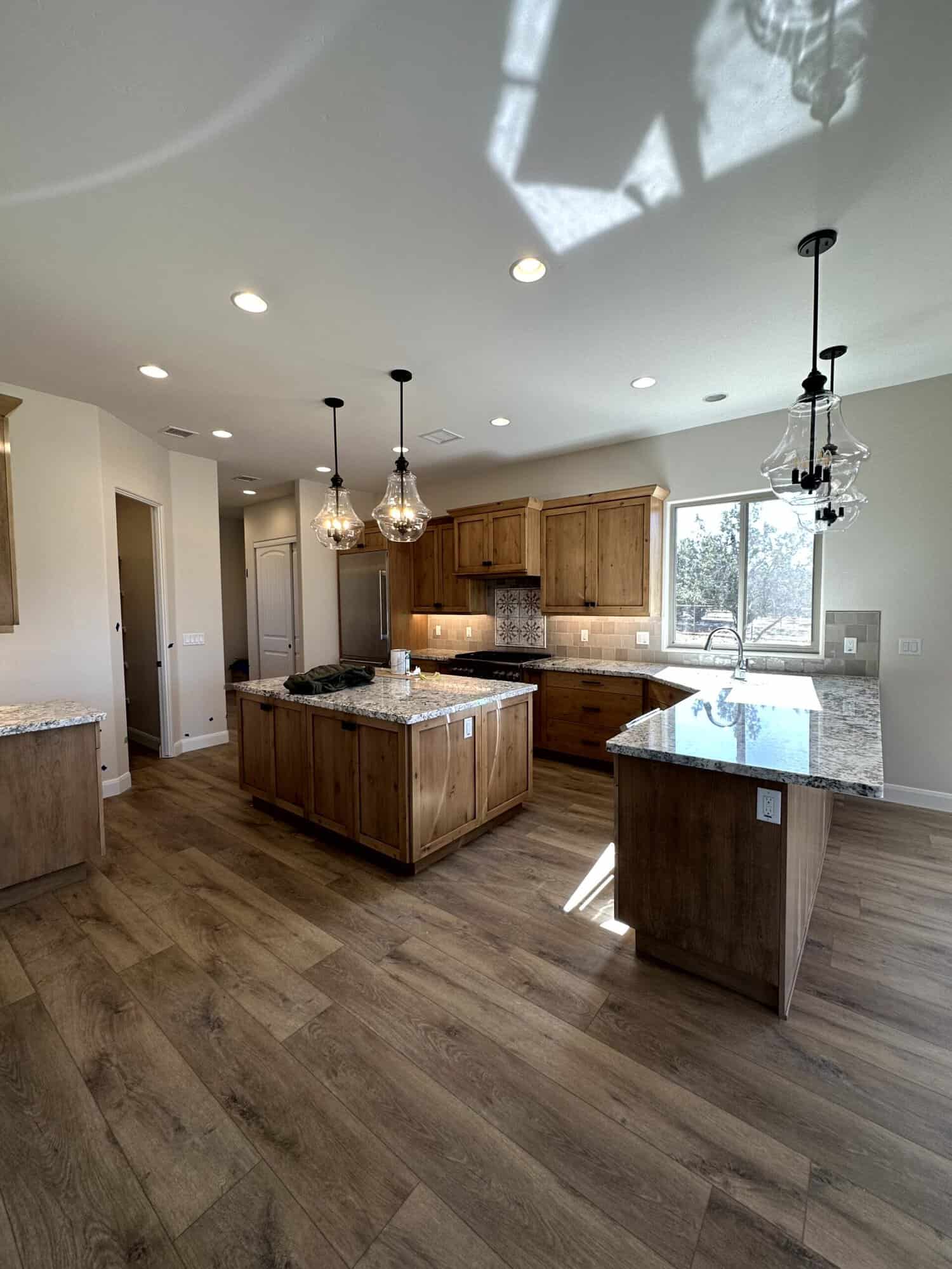Are your freshly painted interior walls already looking dull, stained, or dirty—just a few months in? You’re not alone.
Many homeowners, renters, and even property managers run into this issue. Whether it’s smudges near light switches, streaks that appear after cleaning, or fingerprints that refuse to disappear, dirty-looking walls are one of the most common—and frustrating—paint complaints.
But the good news is this: the problem isn’t always about how often you clean. It usually comes down to the wrong paint finish, cheap or mismatched paint products, and skipped prep steps before painting. And yes, science backs that up.
In this post, we’ll break down the real reasons interior walls get dirty prematurely, what paint chemistry is behind cleaner walls, and how to choose the right paint systems for long-term performance in every room of your home.
What Makes Interior Walls Look Dirty Prematurely?
Low-Quality Paint and Poor Coverage
Not all paints are created equal—and cheaper isn’t always better.
Low-quality paints often have lower binder-to-pigment ratios, meaning they may apply nicely at first, but their surface films are more porous. That porosity allows grime, oils, and airborne particles to settle in and stick.
Many budget paints also have low-solids content, which translates into weaker coverage per coat and reduced resistance to cleaning. You’ll find yourself repainting sooner—or avoiding cleaning altogether out of fear you’ll make things worse.
Wrong Paint Finish for the Space
The paint finish—or sheen—is often more critical than the brand itself when it comes to wall cleanliness.
Flat and matte paints absorb light, and along with it, moisture, dirt, and oils. In high-touch areas (like stairwells, entryways, or behind furniture), flat finishes absorb everything they meet.
Let’s compare common finishes and their resistance to dirt:
| Finish Type | Durability | Washability | Best For |
|---|---|---|---|
| Flat / Matte | Low | Low | Ceilings, low-traffic bedrooms |
| Eggshell | Moderate | Moderate | Living rooms, dining rooms |
| Satin | High | High | Hallways, kids’ rooms, playrooms |
| Semi-Gloss | Very High | Very High | Kitchens, bathrooms, baseboards |
| Gloss | Highest | Highest | Cabinets, doors (limited use) |
If you used flat paint in your hallway or kids’ room, it’s not a cleaning problem—it’s a finish mismatch.
Improper Surface Preparation
Skipping or rushing prep work is a major culprit.
Interior walls that weren’t cleaned thoroughly before painting—still holding on to dust, oil, or old paint flakes—create uneven adhesion. Over time, this causes staining, patchy discoloration, and early peeling.
Also, painting over bare drywall or joint compound without primer leads to splotchy absorption, where dirt and touch marks show unevenly.
Lack of Scrub Resistance or Stain Blocking
Paints vary widely in their ability to withstand cleaning.
Many standard paints offer only basic washability, meaning light wiping. But scrub resistance—the ability to handle repeated friction without losing sheen or color—is a key differentiator in premium paints.
Also important are stain-blocking properties, especially in spaces prone to food splashes, crayons, or humidity. Specialty primers and additives prevent stains from bleeding through, even after repainting.
Science Behind Paint That Stays Clean Longer
Key Components in Durable Interior Paints
What makes one interior paint more resilient than another?
The answer lies in its formulation, especially:
-
Binders: Acrylic binders outperform vinyl or alkyd in most interior scenarios. They form tighter, more flexible films that resist cracking and hold pigment in place under scrubbing.
-
Pigments: High pigment content offers great coverage—but too much can reduce flexibility and durability. Premium brands balance pigment volume with advanced binder chemistry.
-
Additives: Mildew inhibitors, anti-static agents, and surface tension reducers help paint resist dust, mold, and water marks.
In short, more resin = stronger paint film, and better additives = easier maintenance.
Paint Technologies That Resist Dirt
Modern paint systems incorporate cutting-edge chemistry:
-
Scuff-resistant coatings: Used in schools, hospitals, and now homes. These paints resist rubbing, bumping, and abrasion.
-
Ceramic microspheres: Found in paints like Behr Scuff Defense, they form a hard, non-porous film that resists dirt penetration.
-
Teflon-like additives: Used in Valspar Reserve and others, they repel oils and water.
-
Low-VOC, high-performance formulas: Products like Sherwin-Williams Harmony or Benjamin Moore Natura combine environmental safety with industrial-strength performance.
Room-by-Room Recommendations to Avoid Dirty Interior Walls
Entryways, Hallways, and Stairwells
These are some of the dirtiest zones in any home. They’re narrow, high-touch, and often overlooked.
Recommended Finish: Satin or specialized scuff-resistant formulas
Product Picks:
-
Benjamin Moore Scuff-X
-
Sherwin-Williams Duration Home
Both offer high durability and scrubbability without excessive shine.
Kitchens and Dining Areas
Grease, sauces, steam, and frequent cleaning—all demand extra protection.
Recommended Finish: Semi-gloss or satin with stain-blocking base
Ideal System:
-
Primer: Zinsser Bulls Eye 1-2-3 (grease blocking)
-
Topcoat: BEHR Premium Plus Semi-Gloss Enamel
Look for grease-resistant polymers and food-safe certifications.
Kids’ Rooms or Rental Bedrooms
Interior walls need to survive both crayon art and cleaning.
Recommended Finish: Washable eggshell minimum
Bonus Option: Chalkboard paint on one wall
Best Picks:
-
Behr Ultra Scuff Defense
-
Benjamin Moore Regal Select Eggshell
These are also certified low-VOC, making them safe for sleeping zones.
Bathrooms and Laundry Rooms
Humidity and mildew cause long-term staining and deterioration.
Recommended Finish: Mold-resistant semi-gloss
Paint Products:
-
Zinsser Perma-White Mold & Mildew Proof Paint
-
Benjamin Moore Aura Bath & Spa (formulated for steamy environments)
When “Touch-Ups” Make It Worse
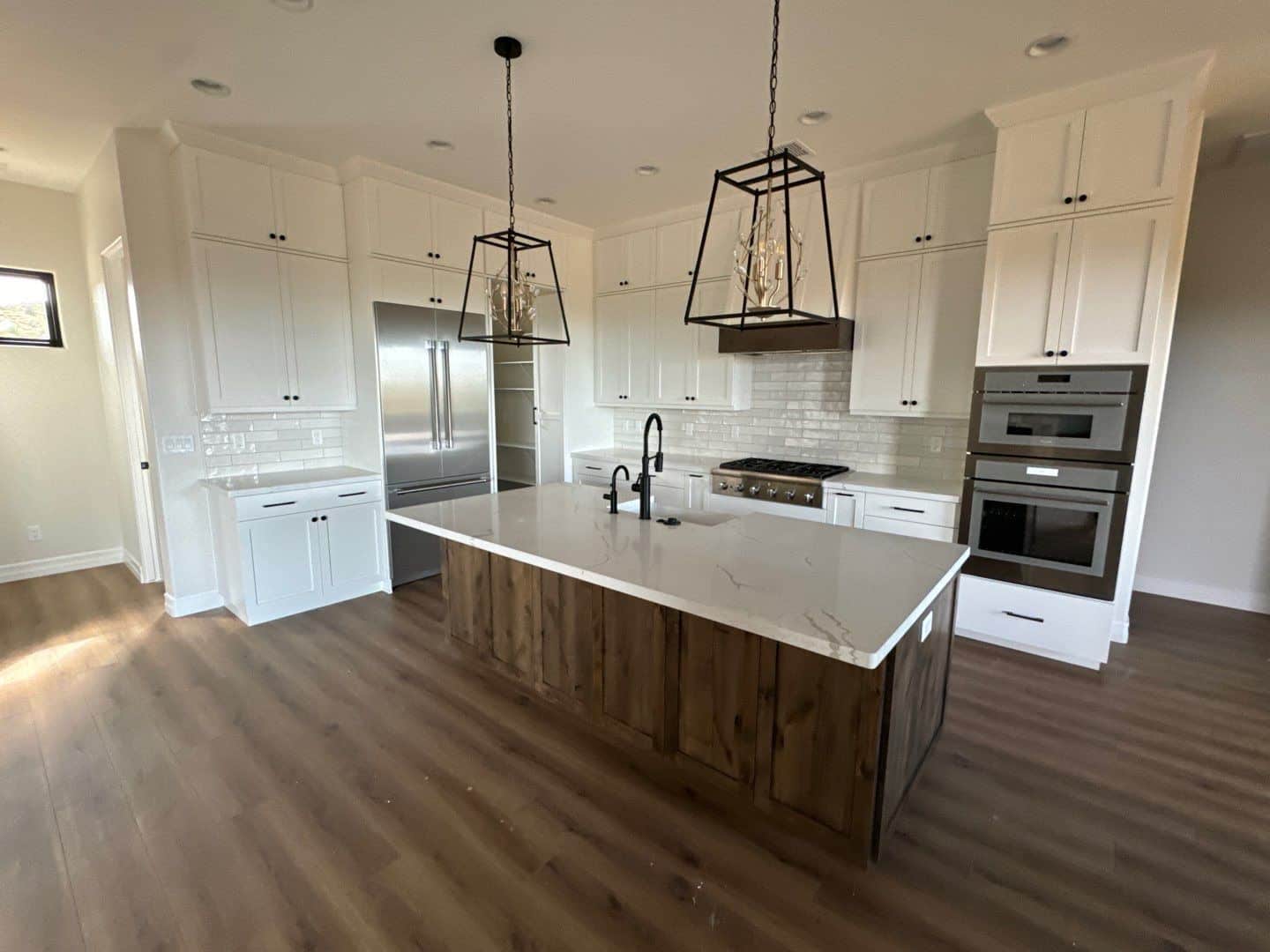
Paint Fade and Sheen Shift
Many homeowners try to solve dirty-looking interior walls by touching up spots—but the results often look worse.
That’s because paint fades with UV exposure. Also, fresh paint reflects light differently, especially in flat and satin finishes. The result? Visible “patches” or sheen inconsistencies.
Pro Tip: Blend repairs into a larger section. Feather the edges. In high-traffic rooms, repaint entire walls rather than spot-fix.
Color Mismatch Over Time
Even if you use the same can, the color may not match. Why?
Because paint exposed to sunlight and air ages. Oils in fingerprints and smoke also alter pigment over time.
Solution:
-
Save original cans with label info and date.
-
Use professional color-matching tools (found in most paint stores or through painting contractors).
Best Paint Systems to Avoid Dirty-Looking Walls
Here’s a quick guide to top-rated interior wall paint systems that resist stains, scuffs, and age better:
| Brand | Product | Key Features |
|---|---|---|
| Benjamin Moore | Regal Select / Scuff-X | High washability, low sheen fade, scrubbable |
| Sherwin-Williams | Duration Home | Stain-blocking, antimicrobial, low-VOC |
| BEHR | Ultra Scuff Defense | Great for rentals or budget-conscious homes |
| Valspar | Reserve | Teflon protection, long-term color retention |
Matching Primer to Paint
The primer is just as important. You’ll need:
-
Bonding primer for glossy or dirty interior walls
-
Stain-blocking primer over crayon marks or water stains
-
Tinted primer to improve topcoat coverage for dark colors
Ask a pro for help selecting the right one based on wall condition.
Maintenance Habits That Extend Wall Cleanliness
Gentle Wall Cleaning Routine
Not all cleaning methods are paint-friendly.
| Cleaner Type | Safe for Painted Walls? | Notes |
|---|---|---|
| Mild dish soap | ✅ Yes | Best for light dirt, oils |
| Vinegar solution | ✅ Yes | Good for fingerprints, light stains |
| Magic erasers | ⚠️ Sometimes | May dull low-sheen paints |
| Abrasive sponges | ❌ No | Strip sheen and damage surface |
Always blot instead of scrub when cleaning flat or eggshell finishes.
Placement of Furniture and Fixtures
Wall stains often build up behind couches, beds, or light switches. Consider:
-
Floating shelves or gallery rails to keep walls visible
-
Protective panels for kids’ rooms or entryways
-
Spacing furniture 1–2 inches from walls
Scheduled Recoating Cycles
Different rooms age differently. Based on traffic:
| Room Type | Recommended Repaint Cycle |
|---|---|
| Hallways & Entry | Every 2–3 years |
| Bedrooms | Every 5+ years |
| Kitchens & Baths | Every 3–4 years |
People Also Asked (FAQ)
Q1: Why do my interior walls look streaky after cleaning?
A: Likely due to low-sheen paint or a cheap finish. Water absorbs unevenly in flat paints, creating visible streaks.
Q2: What paint finish hides dirt best?
A: Satin is ideal. It hides fingerprints and allows regular cleaning without sheen damage.
Q3: Is flat paint a bad choice for rentals?
A: Yes. It stains easily and touch-ups show. Use eggshell or satin instead.
Q4: Why does my wall look darker where people touch it?
A: Oils and skin contact embed into porous paint. You need washable, oil-resistant paint with better binders.
Q5: Can anti-microbial paint help walls stay clean longer?
A: Yes. These paints resist mildew, dust, and bio-growth, especially in damp or humid areas.
Choose Science Over Frustration
Dirty-looking interior walls aren’t just a cleaning issue. They’re usually the result of choosing the wrong paint system—a combination of inappropriate finish, poor prep, or low-quality materials.
To keep walls clean-looking longer:
-
Select paints with the right binder and additive technology
-
Match your paint finish to the room’s usage
-
Prepare surfaces properly, and don’t skip primer
-
Maintain with gentle cleaning and plan periodic recoats
And when in doubt? Call a professional painting service. A seasoned pro can recommend specific products, finishes, and maintenance tips based on your home’s lifestyle and layout.
Because your interior walls shouldn’t just look clean today—they should stay that way for years to come.
